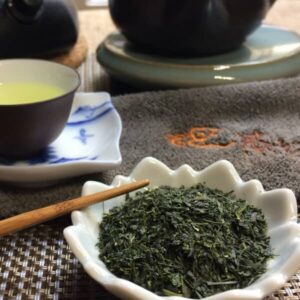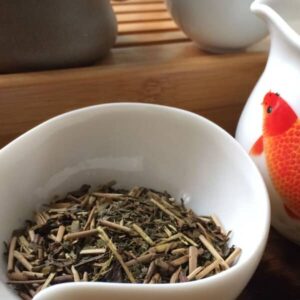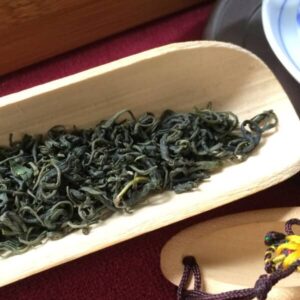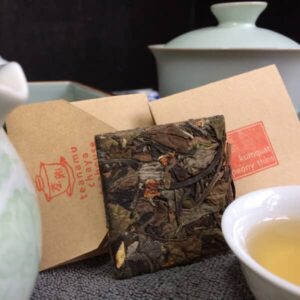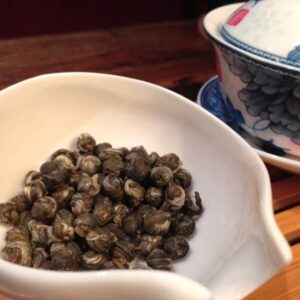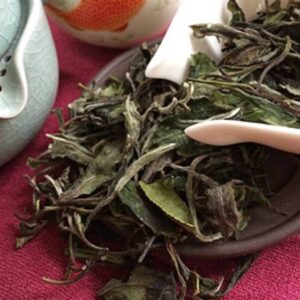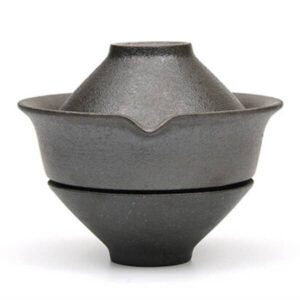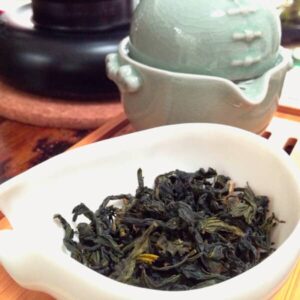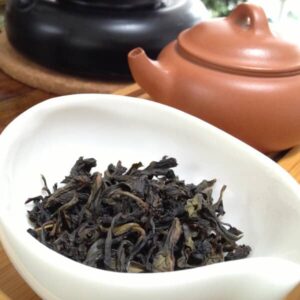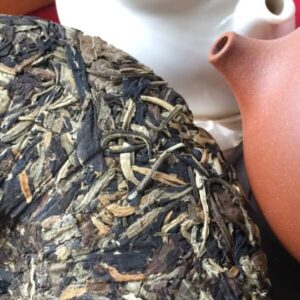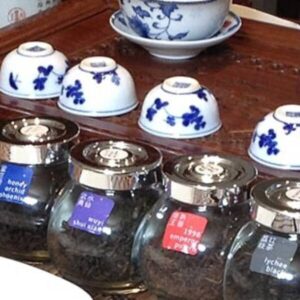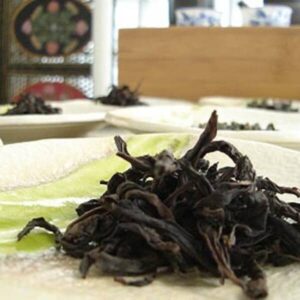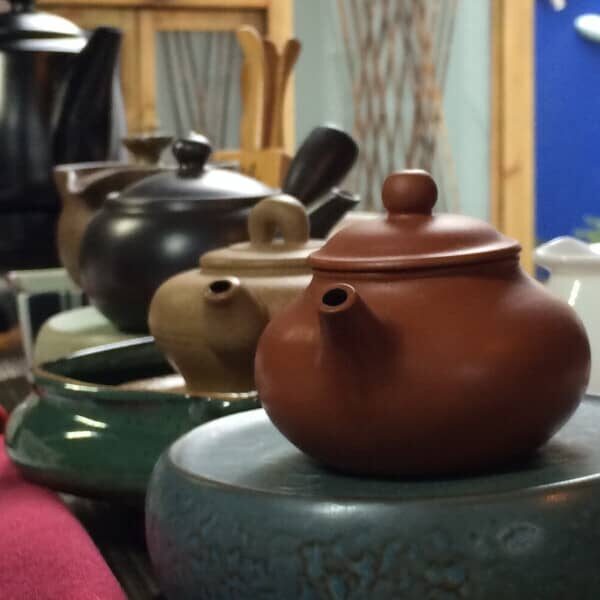Lifting Your Moods From Shoulders Up
Unoxidized & Lightly Oxidized Teas
All tea starts off as green.
Green tea stays green because its leaves are shielded from oxidation during its crafting, with the result that the chemical composition of the dry leaves is very close to that of newly picked leaves which have been simply left to wilt naturally.
Chinese green teas are wok-fired, whilst Japanese green teas are steamed in a process called ‘fixing’. This is simply the application of heat to kill the naturally occuring enzymes in the leaf that would otherwise enable oxidation.
The liquor of green tea is clean, subtle, fresh and vibrant, and there is no better way to refresh and rejuvenate yourself during the day than to enjoy a cup of naturally sweet, antioxidant-rich green tea.
OUR JAPANESE GREEN TEAS
OUR CHINESE GREEN TEA
White teas are made from withering picked tea leaves under the sun and then dried in oven. As the leaves are so simply processed, white tea is considered the most natural forms of tea. The minimal processing meant the white teas tend to have a more humble but pure flavour profile.
White teas are typically allowed oxidised to no more than 10% – 15%. Some white teas are also roasted to give it a bit of oomph.
OUR WHITE TEAS
All tea starts off green. For oolongs, the tea leaves are given the black tea “treatment” to achieve the desired oxidation levels and then they are given the “green tea treatment” to halt the oxidation process. They can then go to a charcoal roasting process.
Light oolong tea leaves are given less of the “black tea treatment” first to get to the desired oxidation levels (typically No more than 40%). They then go through the “green tea treatment” to fix the oxidation level.
The liquor of light oolong tea can vary from floral to sweet sugar cane. They can also be very lightly toasted. There is no better way to brighten your day than to enjoy a pot of light oolong tea.
OUR LESS OXIDIZED OOLONG TEAS
Green Pu Erhs, also known as “sheng” (生) or “raw”, are teas that have been naturally aged in carefully controlled, dry storage with suitable exposure to air. Think of it as a vintage white wine. Green Pu Erhs are usually compressed into the form of cakes or bricks. They are perfect for current consumption and for vintaging.
The base green tea leaf is picked and processed in much the same way as if green tea is going to be made, plucked, roasted and left to dry in the sun. But after that the leaves are skillfully encouraged to oxidized and ferment and then they are typically compressed into round tea discs or bricks (a.k.a. ‘Cha Bing’ 茶饼 literally ‘tea cakes’) and stored for vintaging. This produces the characteristic earthy, autumnal flavours and aromas.
Green Pu Erhs are herbaceous, smooth, sweet, bright, brisk, clean, soft and slightly woody. There is a hint of roastiness, and they can be frisky if young. They have a lingering finish. The colour of the liquor is bright clear, from pale wheat-yellow to amber depending on the age of the tea.
OUR GREEN PU ERH TEAS
Take part in the beautiful Chinese ‘gongfu cha’ tea ceremony while we shares with you our love of tea. You’ll discover how to appreciate the finer nuances of tea like a true connoisseur, yet in a light and relaxed setting.
You’ll be introduced to gorgeous teas with fascinating, evocative names like ‘snow buds’, ‘honey orchid phoenix’ and ‘dragon well’. The incredible range of flavours and aromas will amaze you.
~~ Whilst we patiently wait for the effective control of COVID-19 pandemic, our popular tea masterclasses are held online via our “Teas in the Clouds - Brew-along Masterclass”. ~~
OUR TEA MASTERCLASSES
Oxygen. Wonderful stuff.
But it also oxidises things: think iron rusting or copper coins going that weird green colour and the cut side of apple turning brown. Fresh tea leaves, like apples and other plants, have an enzyme called polyphenol oxidase. It is capable of oxidizing polyphenols which are very important molecules for protection against infections to giving them their pigments.
Polyphenol oxydase and the polyphenols themselves are stored in the plant’s cells, but when the cells are damaged, say by slicing an apple or dropping and bruising it, the cells are ruptured and the enzyme comes into contact with air. With the help of oxygen in the air, the polyphenol oxidase initiates a series of chemical reactions, transforming the polyphenols and eventually producing melanins (brown pigments).
The general name for this process is “enzymatic browning,” and the fabulous thing (for tea at least) is that it doesn’t just change the appearance of produce: it also alters flavour, scent, and nutritional value.
LET’S GO PICK SOME TEAS


